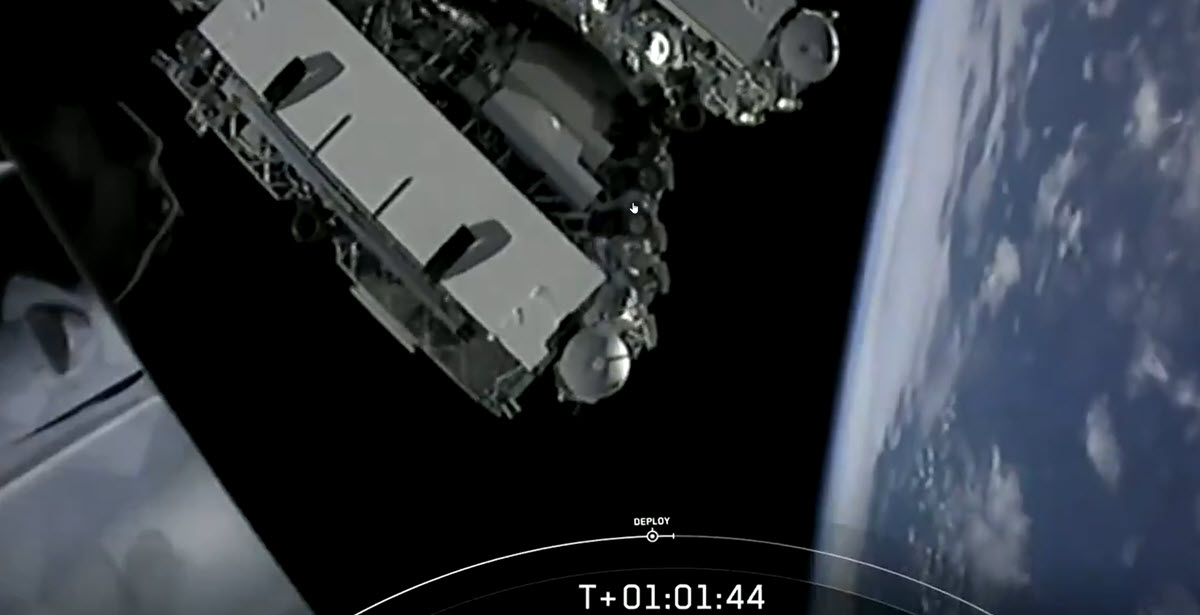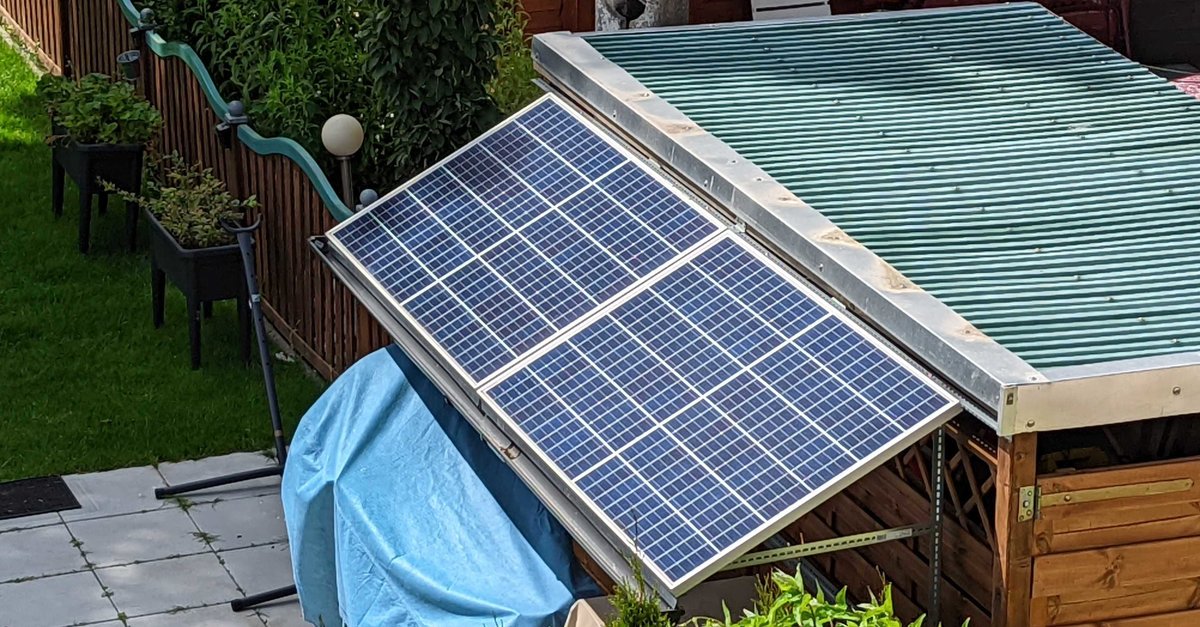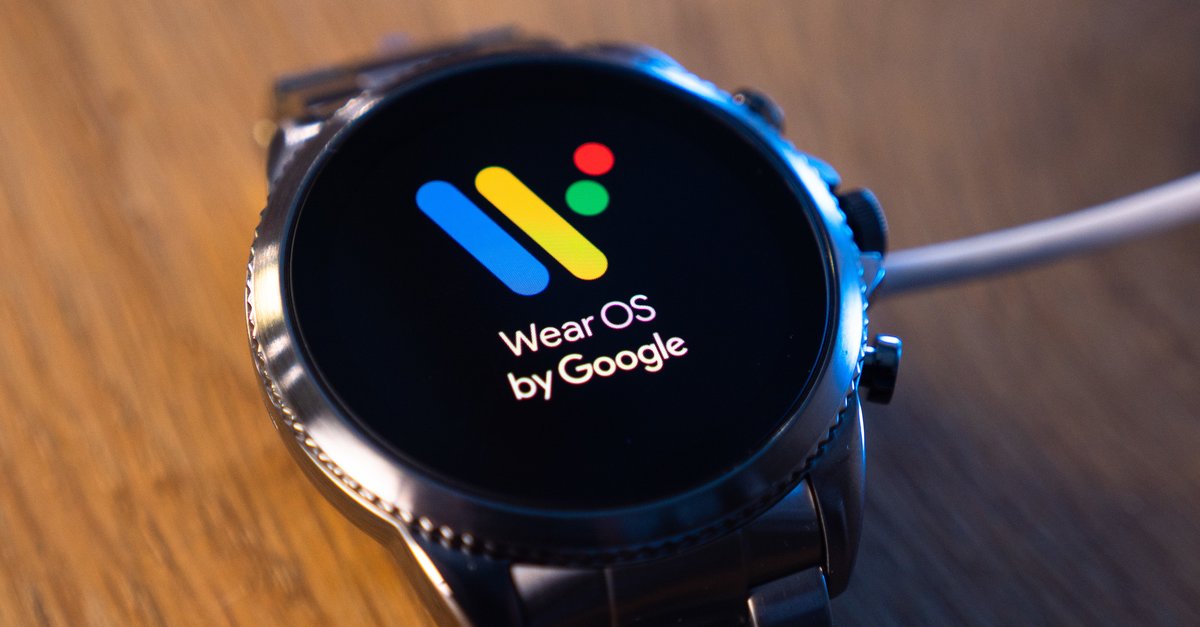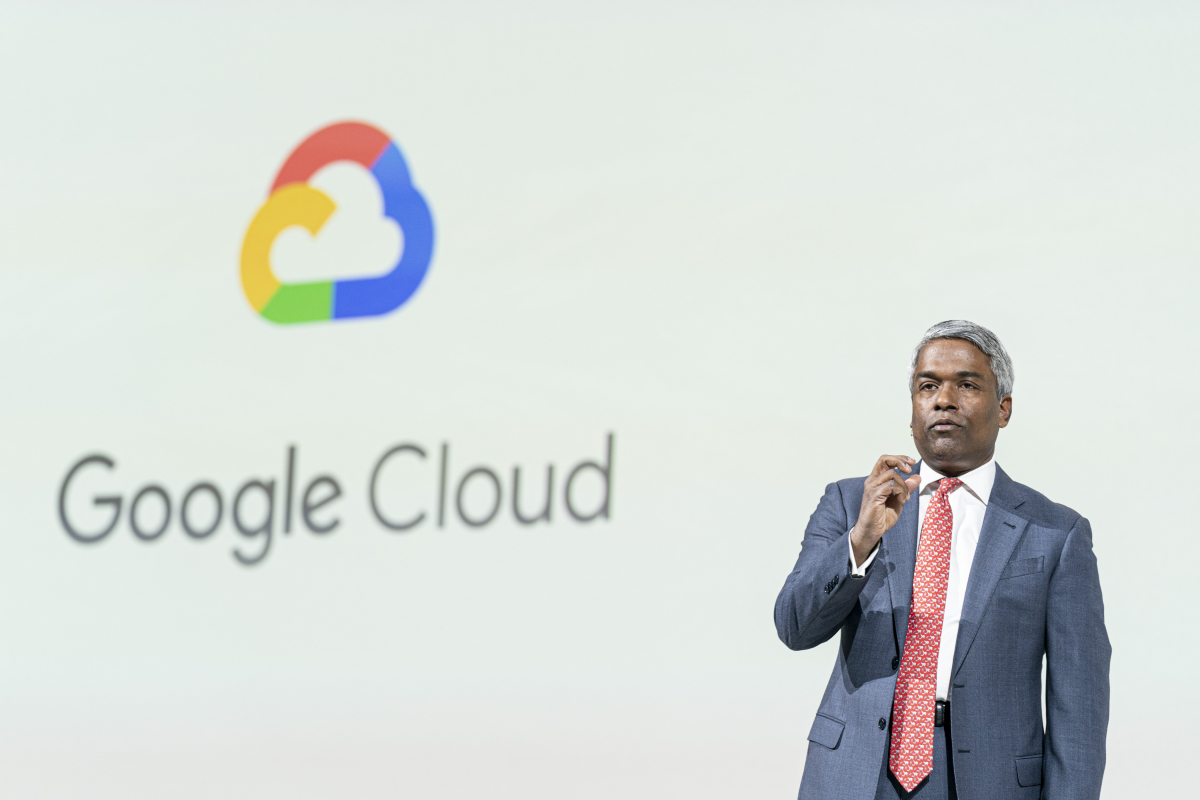Elon Musk’s Starlink satellites have to dodge 140 times every day
It’s getting crowded in low Earth orbit. More than 4,000 Starlink satellites are already in orbit. Elon Musk’s private space company, SpaceX, plans to soon add thousands more to offer high-speed internet.
But like the site Space.com first reported, SpaceX’s internet satellites are said to often get in the way of orbiting spacecraft, decommissioned satellites, or space junk. According to this, there have been 50,000 potentially dangerous approaches in the last four years.
Editor’s Recommendations
Out of a new report shows that in the six months between December 1, 2022 and May 31, 2023, the Starlink satellites had to perform 25,000 collision avoidance maneuvers. On average, the Starlink satellites perform 137 collision avoidance maneuvers per day.
In total, SpaceX satellites are said to have performed 50,000 collision avoidance maneuvers since Starlinks was launched into orbit in 2019. This is according to SpaceX’s own report to the Federal Communications Commission (FCC).
The figures represent a sharp rise in the number of potential collisions between Starlink satellites and other low Earth orbit objects over the past six months. The side gizmodo reveals a dangerous pattern of increased collision risk as the number of Starlink satellites continues to increase.
A scientist probably provides even more precise figures: According to Harvard-Smithsonian astrophysicist Jonathan McDowell there are currently exactly 4,411 Starlink satellites in orbit.
Elon Musk’s private space company has long announced that it wants to put 12,000 satellites into orbit over the next few years, for a total of around 42,000.
According to experts, the number causes problems. In 2019, writes gizmodo, the European Space Agency (ESA) was forced to steer its Aeolus Earth observation satellite around a Starlink satellite to avoid a collision. Later, in 2021, China filed a complaint with the United Nations because it had to dodge its space station to avoid colliding with two Starlink satellites.
SpaceX itself had previously stated that it would relocate its Starlink satellites if there was a greater than 1 in 100,000 chance of a collision with a piece of space debris or another satellite. The satellites are also equipped with their own autonomous collision avoidance software, which forces them to move out of the way if another spacecraft gets too close.
Gizmodo writes that the rocket company wants to dominate low Earth orbit with the planned number of satellites, which increases the risk of collisions with other objects in orbit. While there have been no accidents to date, the staggering number of collision avoidance maneuvers uncovered by the latest FCC report indicates a rapidly growing danger.
Astronomers have been warning for some time that SpaceX’s Starlink network will impede scientific research in space, the writes Austrian site futurezone.at. The satellites are very bright, making it difficult to explore the cosmos.
In addition, the radio waves that these satellites use for their communication are a danger to many radio telescopes and could affect their observations.
There is now early evidence that the satellites are really disrupting scientific research, reports ABC News. A study was published in the Astronomy and Astrophysics Journal that examined 68 Starlink satellites in the Netherlands with a telescope. The study was carried out using a Low Frequency Array (LOFAR) telescope. A new, unexpected source of scientific interference has emerged: radiation from on-board electronics in Starlink satellites.
Federico Di Vruno, co-director of the International Astronomical Union Center for the Protection of the Dark and Quiet Sky and one of the study’s authors, tells ABC News the discovery is significant given the growing number of satellites orbiting the sky. “Assuming there’s a satellite in space that’s broadcasting this kind of signal, there’s a very, very small chance that satellite is in the telescope’s beam,” Di Vruno said. But if there are suddenly hundreds of thousands of satellites, it matters.



